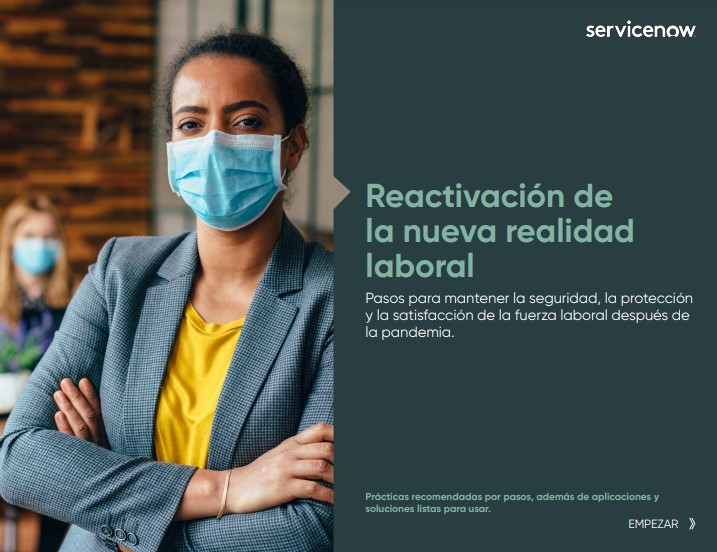
Reactivación de la nueva realidad laboral

Resulta difícil de creer en el contexto actual, pero un estudio de finales de 20191 hallaba que solo el 45 % de las empresas estadounidenses permitía el teletrabajo. A nivel mundial, la cifra era del 41 %. Las empresas progresistas estaban elaborando estrategias para aumentar lentamente ese porcentaje con el fin de mantener la competitividad en un mercado laboral ajustado. Sin embargo, esos planes meticulosos tuvieron que descartarse debido a la necesidad repentina de cerrar oficinas enteras en cuestión de días a causa de la COVID-19. La situación no deja de evolucionar, pero es evidente que Ninguna estructura de trabajo completa puede desempeñar su actividad desde la mesa de la cocina para siempre, sobre todo en el caso de organizaciones que dependen de operaciones y gestión presenciales, como la fabricación o el comercio minorista.